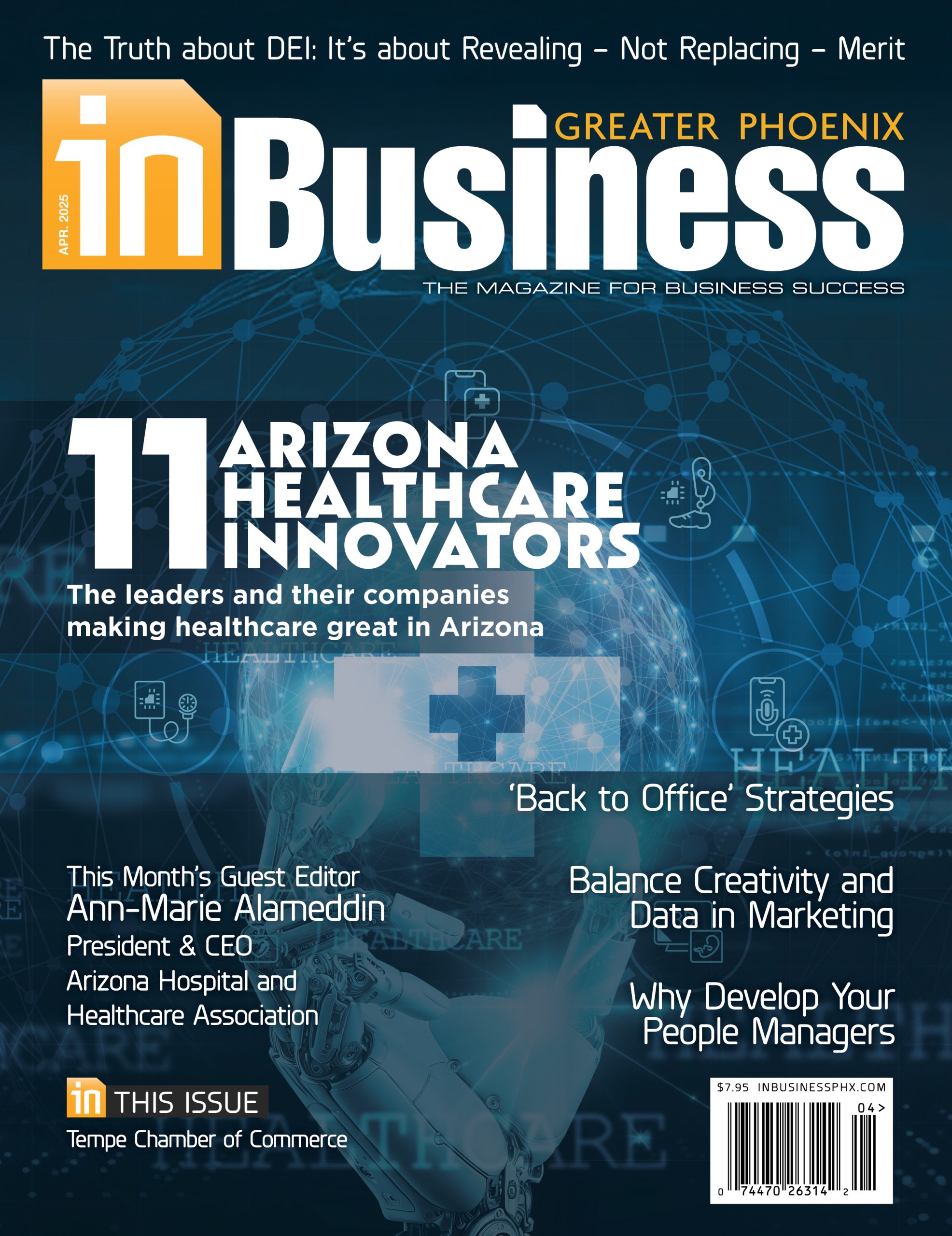 “Love is not a soft add-on to the serious business of nonprofit work,” says Rebecca Alban Hoffberger, founder of Baltimore’s American Visionary Art Museum. “It is its core strategy, its highest philosophy and its lasting legacy. To lead with love is not naïve. It is, in fact, the most visionary, resilient and radically effective thing a nonprofit can do.”
“Love is not a soft add-on to the serious business of nonprofit work,” says Rebecca Alban Hoffberger, founder of Baltimore’s American Visionary Art Museum. “It is its core strategy, its highest philosophy and its lasting legacy. To lead with love is not naïve. It is, in fact, the most visionary, resilient and radically effective thing a nonprofit can do.”
Brandon Steppe, founder and executive director of David’s Harp, couldn’t agree more. His San Diego nonprofit focuses on creative youth development through music production and creative workforce development opportunities — an initiative that grew through authentic, loving responses to poverty-stricken, often gang-influenced youth, many incarcerated. Love, fundraising and nonprofit management, he says, are all wrapped together.
It all started when Steppe, a former business executive, left corporate America and built a recording studio in his father’s garage, allowing neighborhood kids to trade their good grades for studio-recording time. When Steppe opened up about his own challenges — his wife’s difficult pregnancy — he found a group of disconnected kids in need of mentoring. Kids who, themselves, opened up.
Steppe’s honesty and vulnerability were the steppingstones to a stronger sense of community for both parents and kids, one rooted in love. A focus on listening with love sparked additional youth programs in entrepreneurship and media production, as well as initiatives for incarcerated and often-forgotten youth.
Likewise, Hoffberger’s quest to ensure that everyone has access to a full, vibrant and creative life — which is essential to a compassionate society — began with love in the form of listening: first, to the experiences of artists and, upon the museum’s opening, to employees, volunteers and visitors. That compassion built the official national museum, education center and repository for intuitive, self-taught artistry, which continues today with artist partnerships, exhibition themes, public programming and donor relationships.
But how does one incorporate love into the business strategy of nonprofits?
Love as a Guide for Funding
A nonprofit’s love, Steppe says, needs to align with the funding sources it accepts. “When it’s done correctly, it allows nonprofits to walk in integrity, so there’s never that moment of saying, ‘I love you’ but my business actions aren’t matching.”
He’s referring to restricted gifts, grants and federal funds, whose stipulations — when they don’t align with a nonprofit’s values — can lead to conflict or mission creep.
Consider a nonprofit focused on tree-planting in urban neighborhoods and a grant that requires two rural trees be planted for every urban tree. “Saying yes means you are doing something contrary to your mission, all for money in a pragmatic way,” explains Steppe.
“For love to live in the nonprofit, this focus on the ‘practical’ has to go. You have to be willing to walk away from funding resources that don’t push your mission forward.” That means, also, having the integrity to understand the difference between a pragmatic moment and a moment of growth. “Maybe you really are growing in your mission toward rural trees,” Steppe says, “but ask, ‘Are we really listening to the people who have hands and feet on the ground? Are we loving them well or are we just making decisions, handing them down, and creating stress?’”
Steppe’s nonprofit has returned and refused funding opportunities that didn’t match mission, to the tunes of $50,000 and $350,000, respectively. “In one instance, the program director saw our integrity and commitment to our mission and went out of her way, later, to find resources for us,” says Steppe. It doesn’t always work that way, though. The larger gift — refused because it would have transformed David’s Harp into a mental health organization — was income simply lost, but the right thing to do out of love.
“When you say yes, you’re actually getting resources, but it may be at a cost.”
Love as Strategy
“Ask potential donors,‘What do you love? What kind of world do you long for?’” says Hoffberger. She offers additional insight on centering love into daily practices:
- Revisit the nonprofit’s founding story and values at regular intervals.
- Celebrate staff and volunteer stories that embody loving action.
- Make space for beauty, humor and community ritual in programming.
- Speak from the heart as well as the nonprofit’s mission.
- Frame giving as an act of connection, not obligation.
- Make the experience of giving beautiful, moving and creative.
Have one-on-one conversations, schedule grassroots questionnaires, assess how staff and recipients really feel about the lived mission, says Steppe. “Listening is loving. That’s the beginning point, and then moving to action is the actual proof of the love.”
4 Tips to Lead with Love
Rebecca Hoffberger of the American Visionary Art Museum offers these tips to ensure love is at the heart of the nonprofit:
- Audit the nonprofit’s culture: Is kindness rewarded? Is vulnerability allowed?
- Design for delight: Sharing — and celebrating — stories of personal and community impact should be part of the programming fabric, no matter the nonprofit’s focus.
- Celebrate intuitive creativity: Nonprofit leadership should honor gut wisdom as much as strategic metrics.
- Use love-based language: Shift from transactional language to relational language (e.g., invitation, partnership, shared vision).
Richard Tollefson is founder and president of The Phoenix Philanthropy Group, an Arizona-based international consulting firm serving nonprofit organizations as well as institutional and individual philanthropists.

















